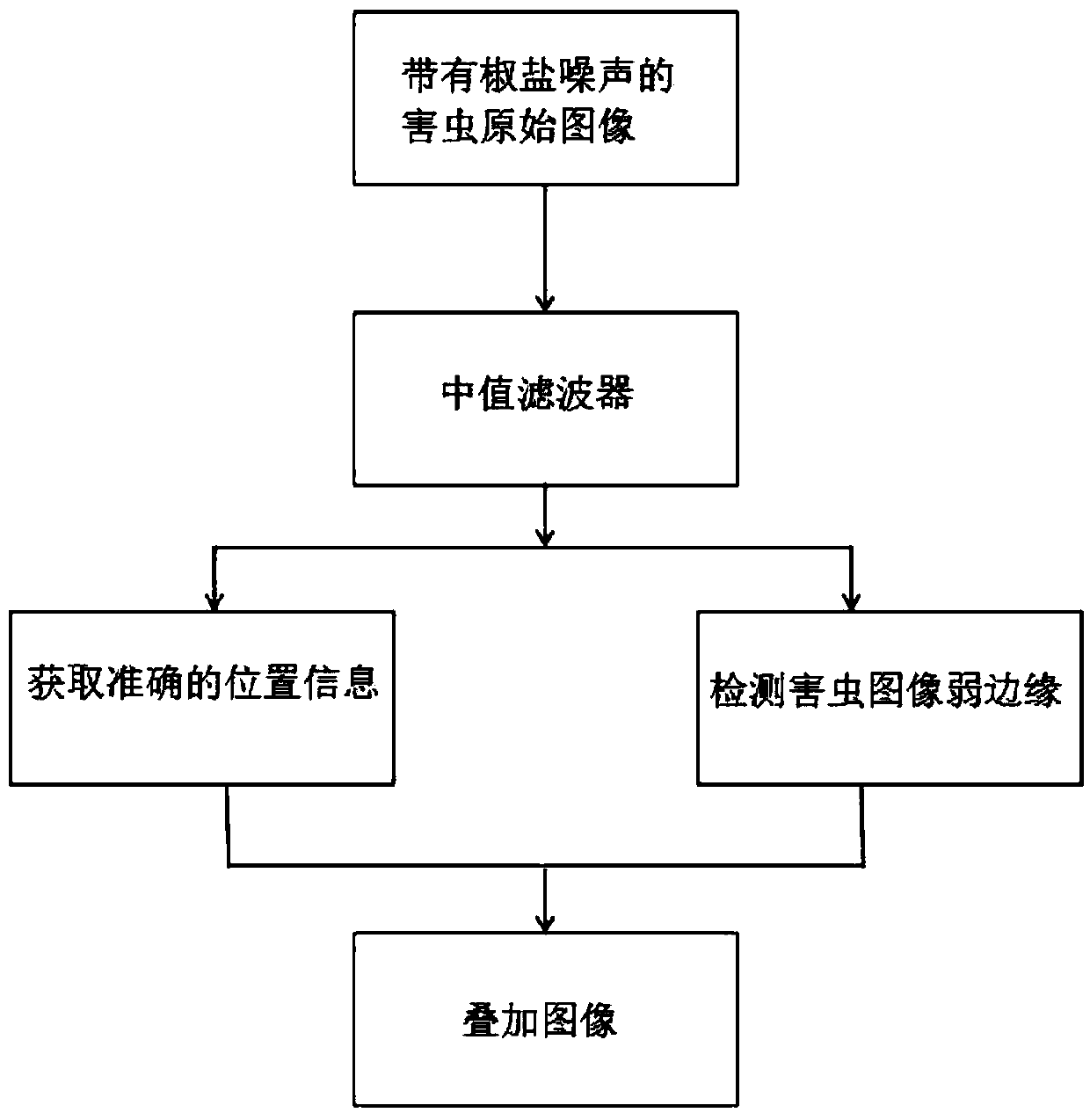Bayesian wide- residual neural network-based injurious insect image recognition method
A neural network and image recognition technology, applied in neural learning methods, biological neural network models, neural architectures, etc., can solve problems such as degradation, gradient explosion, and gradient disappearance, achieve high accuracy, improve accuracy, and eliminate salt and pepper noise Effect
- Summary
- Abstract
- Description
- Claims
- Application Information
AI Technical Summary
Problems solved by technology
Method used
Image
Examples
Embodiment Construction
[0024] Step 1: Preprocessing the pest image recognition training data set, converting the color pest image into a grayscale image, reducing the influence of the background on the image. Use Rich-Edge to perform edge detection on the grayscale image of pests. Normalize the scale of the image on the data set, and uniformly process it into an image with a size of 224*224. Set aside known samples {X i ,Y i} to calculate the probability distribution.
[0025] (1) Use the psychological formula: Gray=0.299*R+0.587*G+0.114*B to perform grayscale processing on the color image of the pest, and convert the RGB image into a grayscale image.
[0026] (2) Add some salt and pepper noise to the input image f 1 (x, y).
[0027] (3) Use the median filter to remove the salt and pepper noise on the image in (2), use the sliding window method to detect the image, and obtain the output image f 2 (x,y).
[0028] (4) Use the Sobel edge detection algorithm to detect the pest image f 1(x, y) fo...
PUM
 Login to View More
Login to View More Abstract
Description
Claims
Application Information
 Login to View More
Login to View More - R&D
- Intellectual Property
- Life Sciences
- Materials
- Tech Scout
- Unparalleled Data Quality
- Higher Quality Content
- 60% Fewer Hallucinations
Browse by: Latest US Patents, China's latest patents, Technical Efficacy Thesaurus, Application Domain, Technology Topic, Popular Technical Reports.
© 2025 PatSnap. All rights reserved.Legal|Privacy policy|Modern Slavery Act Transparency Statement|Sitemap|About US| Contact US: help@patsnap.com



